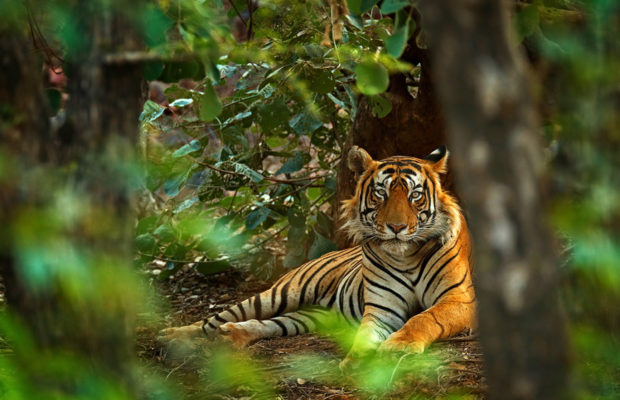It’s nice to hear some positive news about endangered species for a change: scientists have announced that India’s tiger population more than doubled between 2010 and 2022. India is now home to 75% of the world population of the endangered feline.
The number of tigers grew from 1,706 in 2010 to around 3,682 in 2022, according to estimates by the National Tiger Conservation Authority. That means India now has more tigers in the wild than there were in the world at the beginning of the 21st century. Although the country represents just 18% of tiger habitat in the wild, it has by far the largest numbers.
The study, led by Yadvendradev Vikramsinh Jhala and published in Science, revealed that tiger populations have recovered not only in protected areas like national parks and tiger reserves, but also in areas closer to human habitation. The Indian tiger population is now spread over 138,200 km2 on land inhabited by 60 million people. Conservation efforts have been most successful in areas where the human population has been associated with, and benefited from, the development of tiger-related tourism.

Like many other endangered species, tigers have suffered from habitat loss due to increased urbanisation as well as poaching for their skins and body parts used in traditional medicine.
In 1973, the Indian government launched a conservation programme dubbed Project Tiger. To date, it has established 57 tiger reserves and put in place a population survey every four years.
This short video from WWF discusses the importance of tiger conservation.
There are teaching resources on the WWF teaching site.
Copyright(s) :
Shutterstock/PhotocechCZ
Shutterstock/Ondrej Prosicky






